Die boodschap bracht FHV BBDO’s Barbera Wolfensberger vanochtend in haar ‘maidenspeech’ als Boegbeeld/Chairman Topsector Creatieve Industrie op de conferentie What Design Can Do.
Hierbij de integrale, in het Engels geschreven en uitgesproken tekst van Barbera Wolfensberger.
Good morning! My name is Barbera Wolfensberger. I'm the CEO of Dutch advertising agency FHV BBDO and the chair of the Creative Industry Top Sector. What a great day it was yesterday at What Design Can Do! I am very proud to stand here before you and start of the second day of this important festival.
In 2011, the Creative Industry was officially named one of nine “top sectors” in the Netherlands. That's a very important achievement. It spotlights an industry that has the strength to solve economic and societal problems – oftentimes in conjunction with other industries as our clients. We're a powerful force for good.
As of four months ago, I'm heading up this sector. That's a great honour. It's a sector that includes some of the most brilliant thinkers and doers in the Netherlands, with a large number of subsectors such as Fashion, Gaming, Advertising, Design, Music, Photography, Media and Architecture. It's not necessarily a sector that it's easy to get a clear overview of. But it's a vital industry if we're looking at innovative strength, growth, problem-solving potential, employment, and the appeal of the Netherlands internationally.
The Creative Industry Top Team has been working hard to unify the sector and give it a clear voice within the political sphere and with officials in The Hague. It has established a substantive advisory body, the Dutch Creative Council, as well as putting the ClickNL network in place, where the combination of industry, research and expertise will lead to more innovation. These are great steps forward. And as a result of the great deal of energy invested by my predecessor, the Top Team members, the Ministry of Economic Affairs, the Ministry of Education, Culture and Science, and the sector itself, new networks have been built up, and the sector has developed a sense of collectivity. Important steps have been taken – and are still being taken – in the areas of Knowledge Development, Education, Internationalisation and Research. There's still a lot to be done, but we've also come a long way already.
But why is all this so important? Why are we doing this? Because we believe the Dutch Creative Sector is unbelievably strong. Because there is such a wealth of opportunities for growth here. And for me, personally, because I believe that creativity – especially applied creativity, Design combined with technology– will come to underpin the solution of many societal problems, whether these are food problems, energy challenges, urban planning issues, or entirely different matters.
However, I can see a number of challenges, and I'd like to talk about one of those today, and make an appeal to you.
To be able to use Applied Creativity in such a way that we can join forces and solve the major economic and societal problems that exist, we need to fight against “over-compartmentalisation” – against thinking in boxes; what is known as the “not invented here” syndrome.
This is something that manifests itself on many different levels. Our own sector is to a large extent compartmentalised. Everyone sticks to their own specialism. We do not learn from eachother. Are not curious enough for solutions that are beyond our own way of thinking. Are sometimes afraid of technology.
But if we were to combine our strengths – if, for instance, the creative thinkers in the areas of Design, Architecture, Advertising, and Gaming were to put their heads together – there's so much more we would be able to achieve together. Not only in terms of business practices, but especially when it comes to finding broader solutions. In this respect, the sector is its own enemy. Cooperation in all areas and openness to other perspectives and approaches are vital for continued growth and for us to be able to make a broader contribution to our society and, in doing so, take what we do to the next level. For our sector this also means working together with universities and research institutes to increase our knowledge and innovate on the solutions that we can apply. This is something that we as creators are not used to. Dare to open your mind to research. Search more knowledge. Surprise yourselves!
But our new creatives are also being educated “in boxes”. Over-compartmentalisation begins in primary schools and runs all the way through to colleges and universities. We fence off our territories – little attention is given to broad creative thinking and crossovers between different courses. Thankfully, this is already being discussed at schools and colleges.
At the universities of applied sciences (HBO in Dutch) action is now being taken against over-compartmentalisation, with discussions being held in conjunction with the Top Team. The next step should be to make the link with the vocational “mbo” training programmes. After all, it is the mbos that will be delivering the doers. In scaling up the Creative Industry's operations, these are the people who will be responsible for putting all our brilliant plans into practice – for the construction, the ‘making’, and programming involved in them.
I'd also like to appeal to a third important group to look at business operations in a more holistic way: our clients. The people who ask us for out-of-the-box solutions. To enable the efficient management of their organisation, of course, they have to establish different departments. That's only natural. But these departmental structures have often been established from primarily technical motivations, without looking at the big picture. For example, e-commerce, design, brand and marketing communication all have a different structure and a different person carrying the final responsibility. In the first place, this means that the company – as a client of the Creative Industry – often operates in a very fragmented way, failing to take a broad overview. In doing so it already steers our industry into compartmentalisation. Our solutions sometimes remain too limited because our clients do not have enough information or not enough power within the company itself.
It also means that the community's larger problems – whether economic or social – are rarely central to the projects our sector is given. We often solve “small” problems together, but, while we have the power to, we don't achieve something bigger. If only we were to operate with more of a sense of collectivity, with an open mind, with curiosity and a thirst for knowledge we as a Creative Industry in The Netherlands and internationally could change the role of creativity and could make it the most important force for change. I believe that Design in the broadest sense can be the gamechanger in this process. Design and Designers are capable of building bridges between the different parts and partners of our industry. That is your challenge and that is what Design can do!
So that's my appeal to the sector itself, to our educators and our clients and to our government as well. They also have a very set way of looking at the industry.
Look at the challenges before you with a holistic perspective, and take on these challenges as a cohesive group. See Creativity as the most important driver of innovation. But always remember that true innovation only comes when you work together and are willing to learn from each other. It's only then that progress is made. And it's only then that we will be able to achieve the most important objective of the Creative Industry Top Sector: for the Dutch Creative Industry to be the most prominent and sought-after one in Europe by 2020. Innovation and growth through Applied Creativity. That is what Creativity can do.


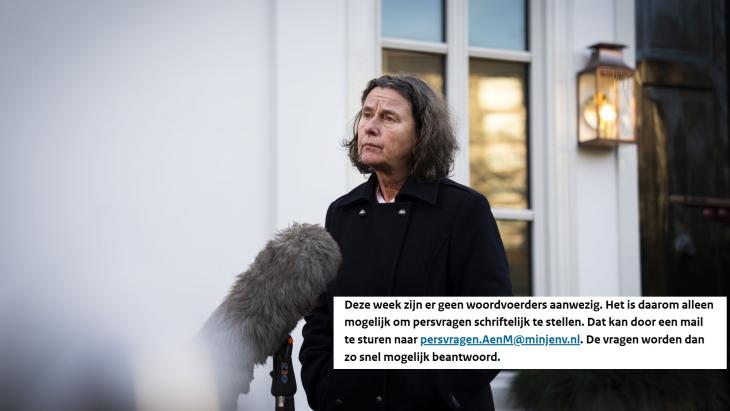
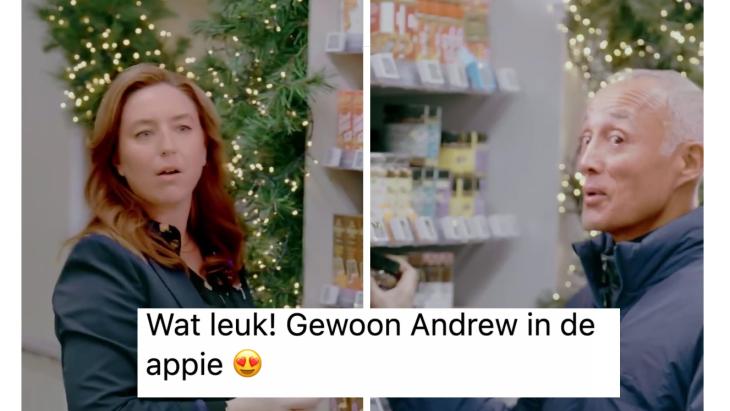
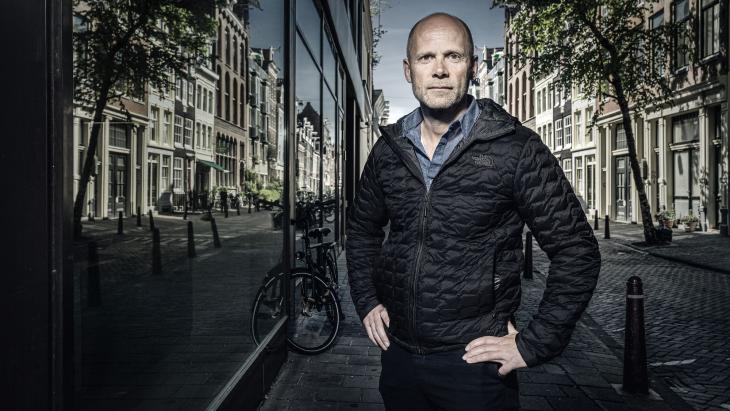
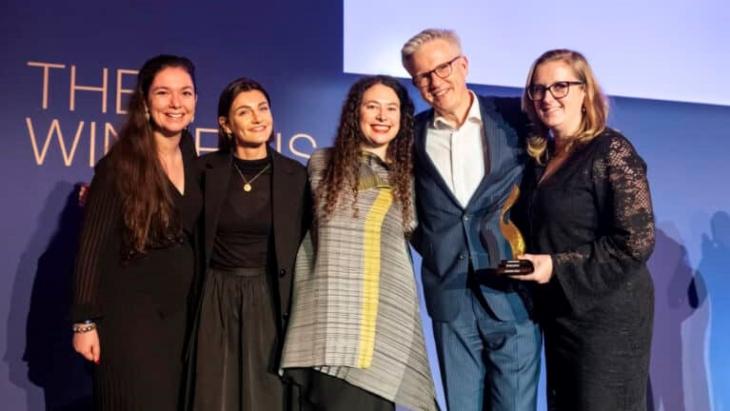
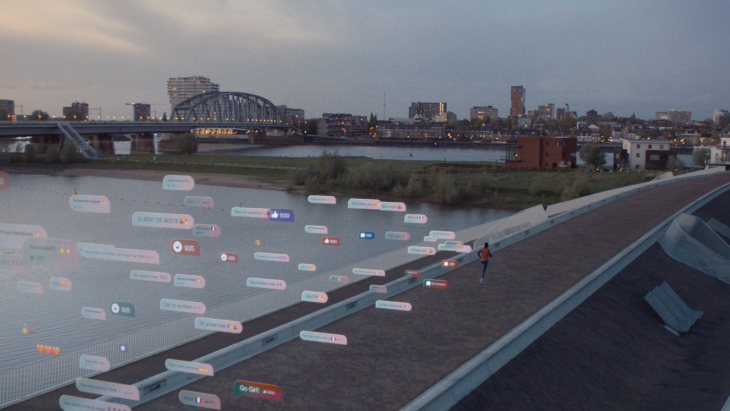
Plaats als eerste een reactie
Ook een reactie plaatsen? Word lid van Adformatie!